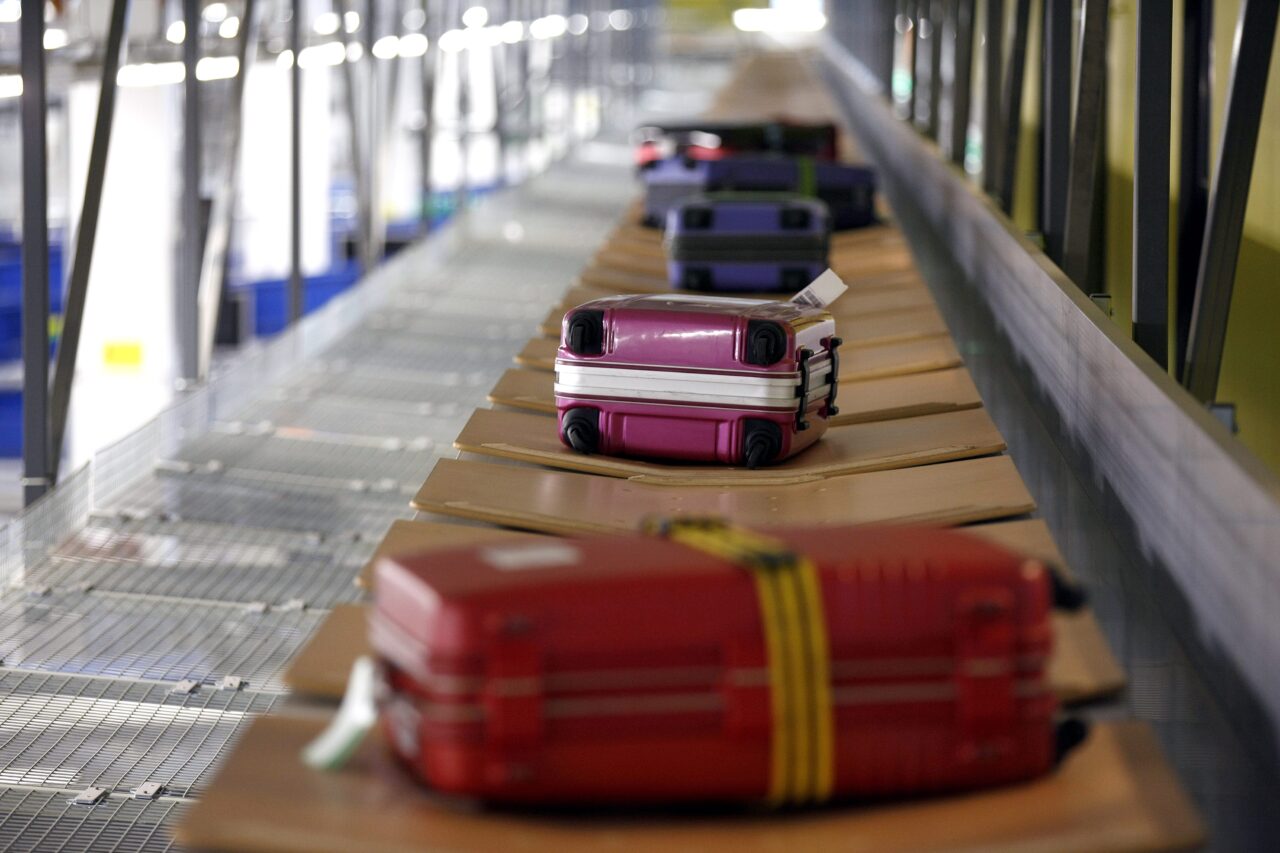How biometric IDs could replace baggage tags globally
Imagine a future without baggage tags. By the end of this year, an estimated 4 billion of them will have been printed – a considerable amount of waste.

With passenger journeys likely to next year exceed the record 4.54 billion made in 2019, the discarded tag mountain is only getting bigger.
Wholesale global changes are needed – it would be no good if bags without tags arrived at an airport without the AI-driven technology needed to properly assess the baggage.
Paperless, digital alternatives to tags already exist – certain airlines already use them, albeit often as a hybrid solution along with tags – but first the global aviation industry needs to make one of them the industry standard.
So what would it take to fully implement a replacement technology worldwide?
The will of the industry to digitalise the whole BHS passenger experience is strong. By 2025, 96 percent of airlines and 72 percent of airports want their passengers to use touchless, unassisted bag drops.
While 67 percent of airlines want to offer their passengers real-time baggage status – triple the number of those who do today.
Not only will eradicating tags be more sustainable, but it will reduce the instances of mishandled baggage – an increasing problem in 2022 as the number of passenger journeys soared.
For every 1,000 bags packed on a plane in 2022, some 7.6 were mishandled – up 74.7 percent on 2021. Broken down, 80 percent were delayed, 7 percent lost and 13 percent damaged.
In truth, baggage is rarely mishandled on domestic flights. Just 2.4 per 1,000 end up not greeting the passenger on the carousel at the destination. In contrast, the rate for international flights, fuelled by transfers, is 19.3.
Transfers account for 42 percent of all case of mishandled baggage, while 19 percent are bag ID-related.

First in the queue to replace tags is the ‘Biometric Bag ID’ – a tech best summed up as being like your baggage’s fingerprint.
It’s a photo of the baggage, or sometimes a series of photos, which provides a unique identification: a representation of the bag complete with scratches, smudges and other distinguishing features.
To test the tech, the baggage of a national Olympic team were given biometric IDs and, despite all the bags being brand new, there were no problems identifying each one with a certainty rate of 95 to 98 percent.
It bodes well for a future without tags, which would enable airports and airlines to reduce manual interventions, offer a more sustainable alternative and increase efficiency.
The use of biometric IDs (or another solution such as RFIDs, which is already popular in retail) as the industry standard would take commercial aviation a step closer to the holy grail: a chain of custody started and ended by the passenger that is more sustainable and entirely digital.
Biometric IDs require more development until they can be entirely entrusted with directing all the world’s baggage, but there is nothing stopping airports from implementing the tech – for a fairly high cost, though, because tags will still be required when the baggage reaches other destinations.
The hybrid usage of physical and digital tagging is likely to become more common in the future, therefore, and it might not be long before this catches on regionally, thus enabling an airport to dispense with physical tags for a fair proportion of their outgoing flights.
Certainly, there are advantages to using biometric IDs alongside physical tags:
Nevertheless, there are a fair number of creases to iron out before the tech is fully ready. And in the meantime, airports will be questioning whether using a hybrid solution is worth the extra cost.
Given that biometric IDs aren’t the finished article yet, and alternatives such as RFID tags aren’t fulfilling enough of the sustainability and digital goals, the global aviation industry is in for a long wait for an alternative to tags to be fully implemented.
Industry experts concur that the timeline will be around 10 years:
The implementation of new industry standard technology will always take time – even seatbelts met resistance in the 1940s, when some airlines insisted they caused internal damage during a crash. But while a decade might sound like a long time to fully move away from paper baggage tags, the transition has already started, as airports and airlines – often at extra cost – are busy using new technologies. So we can be certain the days of tags are numbered – but it remains to be seen exactly what the replacement will be.